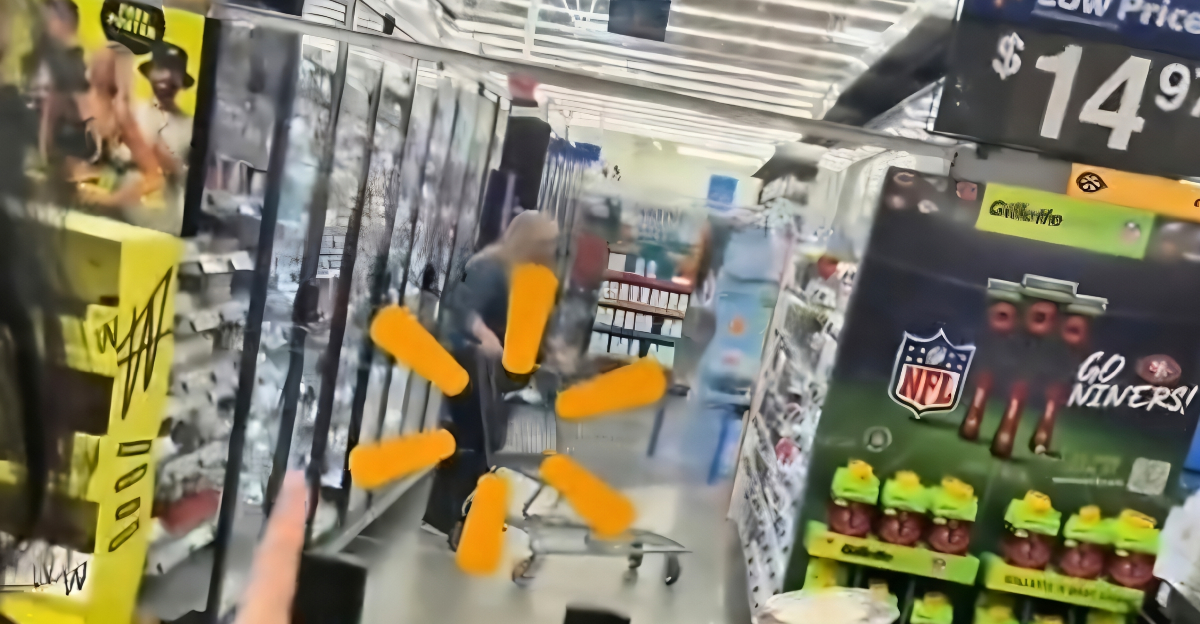
Walmart, the world’s largest retailer, is implementing significant changes to enhance its security measures in response to an alarming surge in retail theft. In 2025, U.S. retail theft losses reached an unprecedented $120 billion, prompting Walmart to adopt a series of innovative anti-theft strategies.
These measures include the installation of plexiglass barricades and locked merchandise zones, designed to deter potential thieves and protect inventory. The shift has garnered national attention; many are curious about the motivations behind these drastic changes and their implications for millions of shoppers across North America.
Rising Stakes
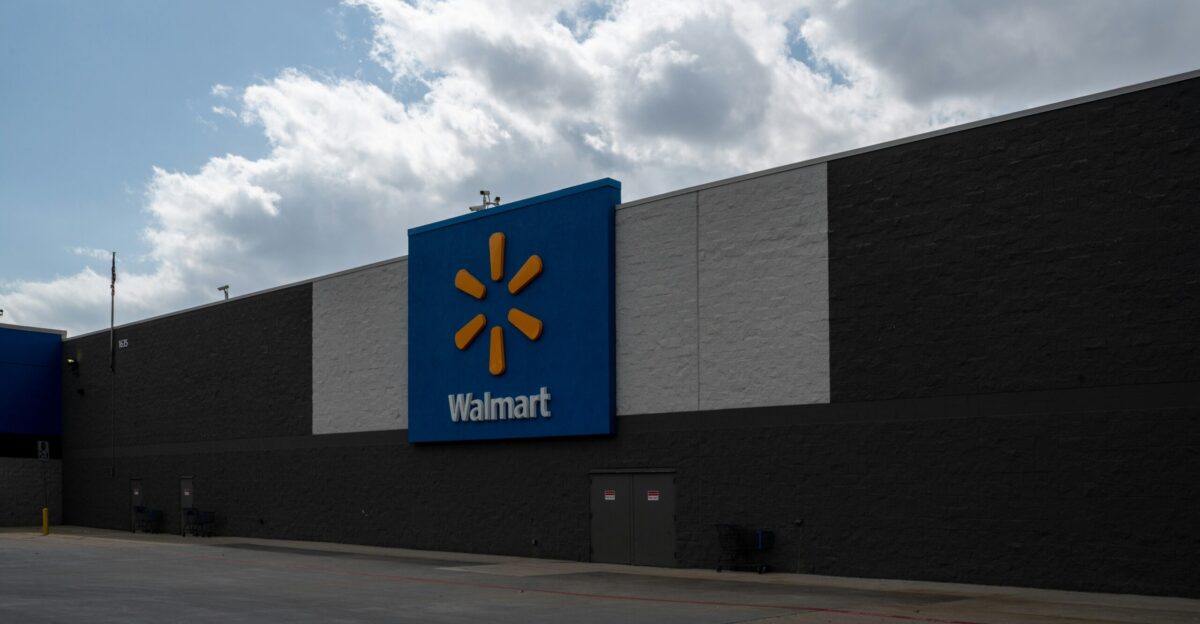
Retail theft has become a pressing issue across North America, particularly for big-box retailers like Walmart. Organized crime rings have increasingly targeted these stores, putting extra pressure on the Arkansas-based company. As theft rates rise, so do concerns over customer safety, leading Walmart to re-evaluate its in-store experience.
The implications of this transition are significant, impacting shoppers from Texas to Toronto. Furthermore, the heightened focus on security is reshaping the retail industry, making it a critical point of discussion among both consumers and analysts. With these developments unfolding, the retail shopping landscape is poised for transformation.
Retail’s Security Evolution
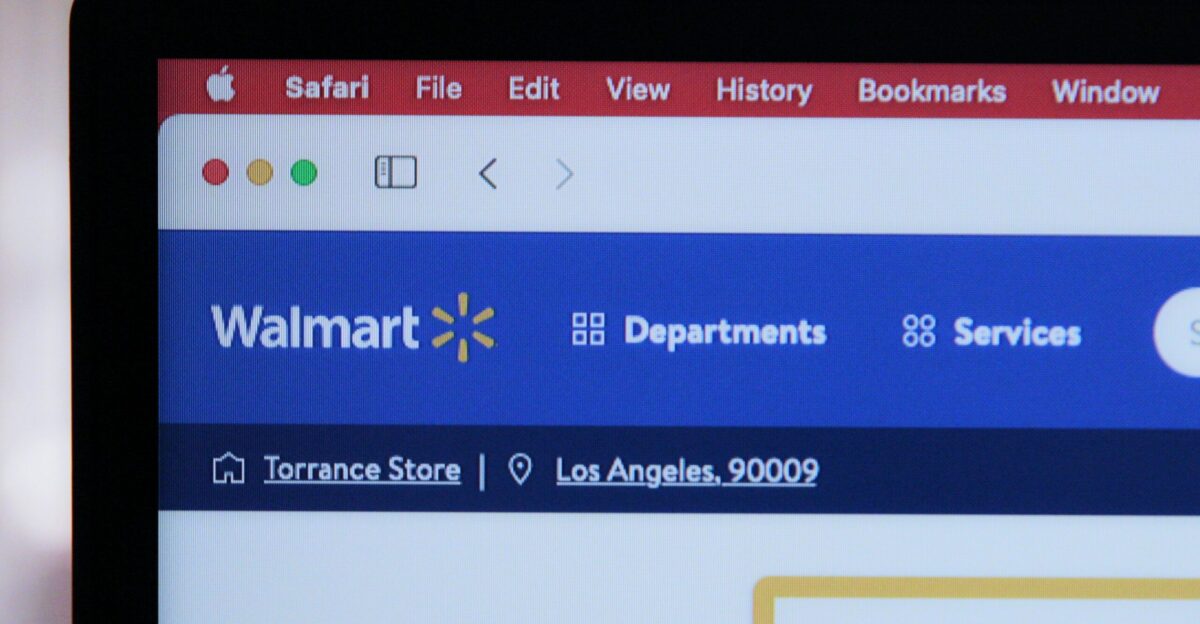
Walmart has historically employed traditional loss prevention tactics, including the use of plainclothes security personnel, surveillance cameras, and vigilant staff. However, as theft techniques have evolved over the years, Walmart’s strategies have also had to adapt. The last five years have witnessed a noticeable shift toward technology-driven solutions, including AI-driven surveillance and digital monitoring.
This evolution emphasizes an ongoing commitment to staying ahead of theft strategies. As the retail environment evolves, Walmart’s proactive approach positions it among industry leaders in securing store locations and effectively combating criminal activities.
Mounting Pressure

According to the National Retail Federation, shoplifting incidents have surged by a staggering 93% since 2019. Walmart’s layout, which features open floor plans and numerous self-checkout lanes, has made it a prime target for theft. Executives have cited both the rising theft rates and increasing incidents of violence as driving factors for urgent action.
This growing crisis has compelled the company to reassess various aspects of its operations, prompting it to implement drastic measures to enhance security protocols while continuing to meet customer service expectations amid these challenges.
Barricades Unveiled
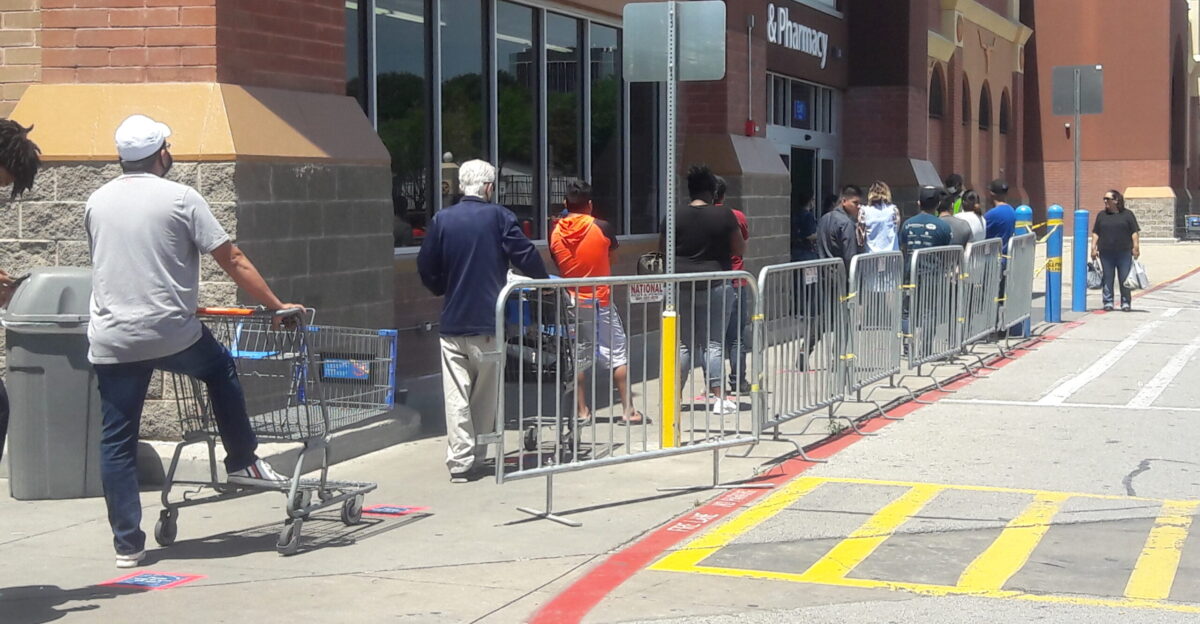
In a bold move, Walmart introduced “attendant-only” zones by installing clear Plexiglas dividers at the ends of select aisles in 2025. These barriers are designed to slow down potential thieves and manage customer traffic effectively. The new features are currently being piloted in high-theft areas of Walmart stores, marking a significant evolution in retail security tactics.
As Walmart makes these adjustments, it aims to strike a balance between safeguarding merchandise and maintaining customer accessibility. The initiative has drawn mixed reactions but represents a new phase in the ongoing fight against theft.
Regional Impacts
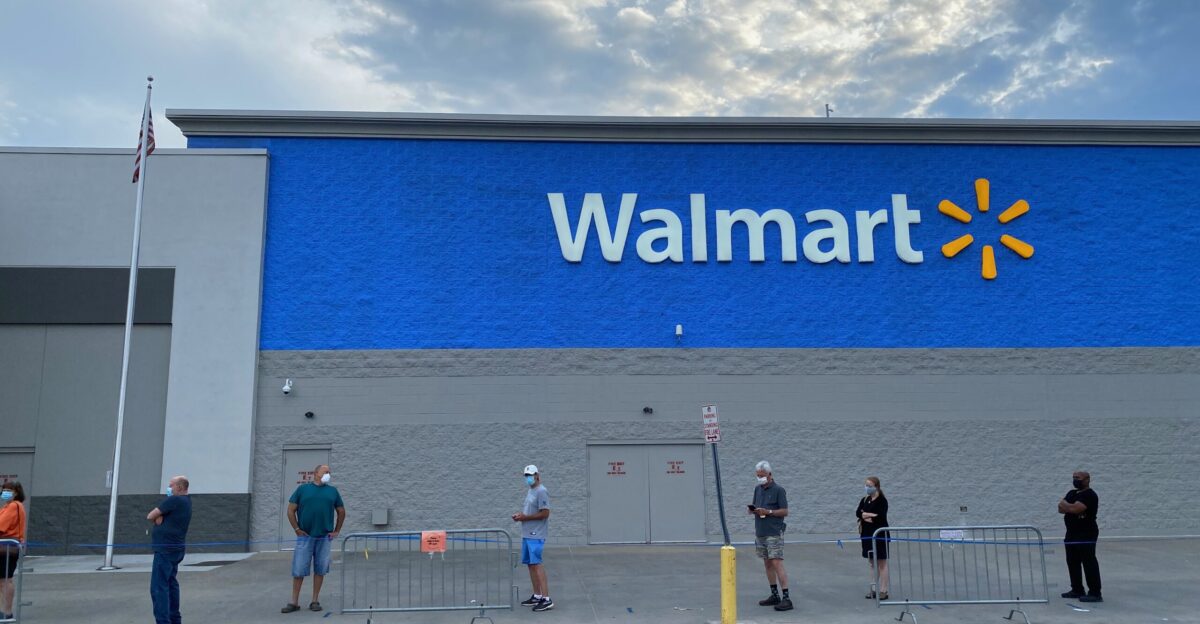
The installation of aisle barricades has spread across major U.S. cities, including Dallas and Chicago, as well as Canadian markets like Toronto. Local Walmart managers note that these barriers are mainly concentrated in departments characterized by high-value or frequently stolen items, illustrating a strategic response to specific regional challenges.
Customers have shared their experiences navigating these changes, with some expressing frustration over reduced accessibility and others appreciating the heightened security. As this pilot program continues, it will be crucial in determining how consumers adjust to these heightened security measures in their shopping habits.
Human Toll
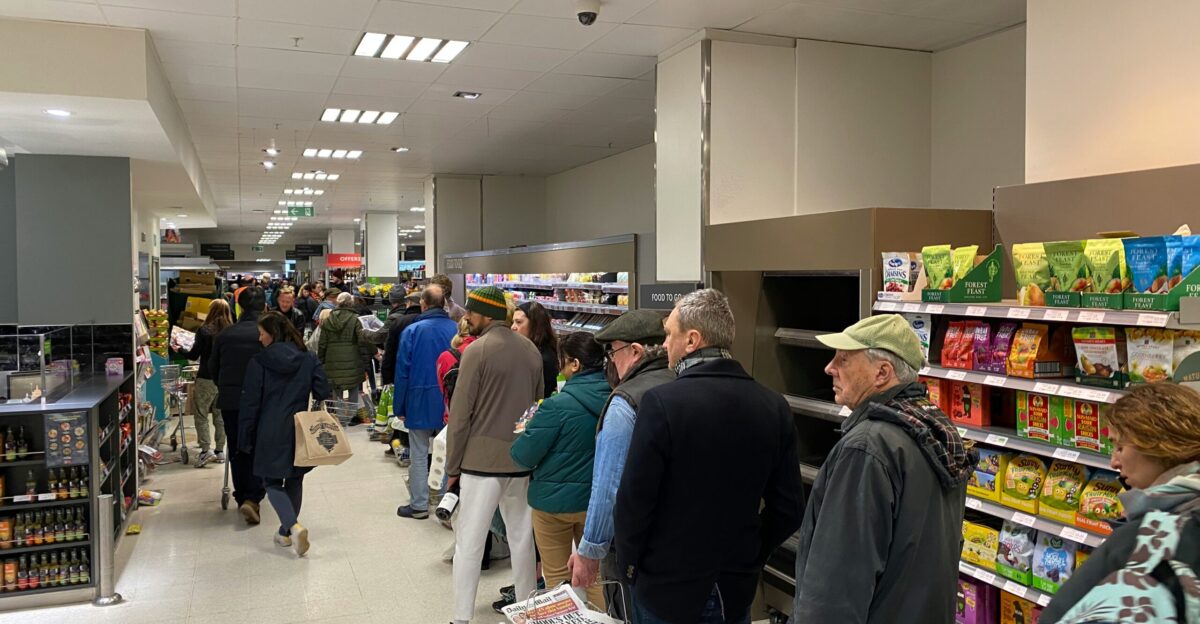
The impact of these security measures resonates deeply with both employees and customers alike. While some shoppers find the transition to plexiglass barriers frustrating due to reduced access to specific products, staff members report a sense of increased safety within stores. A Walmart spokesperson explained, “It’s about protecting people and products,” emphasizing the dual focus on both customer service and safety.
This delicate balance remains a key consideration as Walmart navigates the implementation of tighter security while ensuring a positive shopping environment for its customers. The human element adds layers of complexity to the overall experience.
Competitor Moves
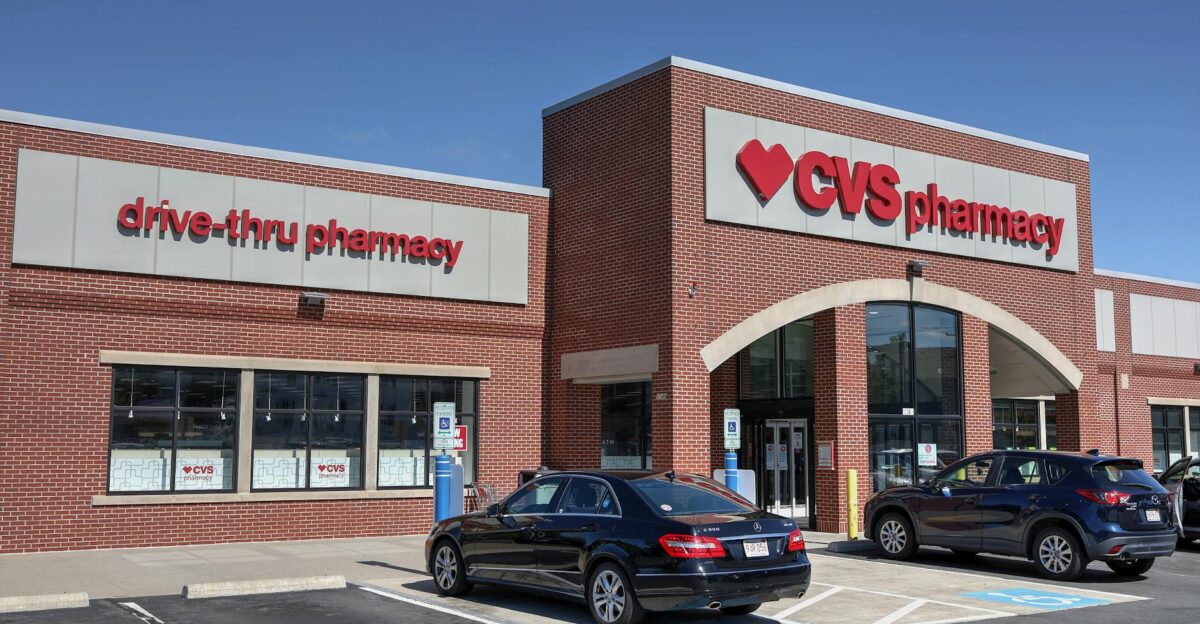
Walmart is not the only retailer taking action against rising theft. Competitors like Costco have responded by staffing exits to check receipts, while Sam’s Club has shifted away from self-checkout systems in favor of app-based scanning methods.
Similarly, pharmacy chains such as CVS and Walgreens have taken preventive measures, often locking valuable products behind Perspex cases that require employee assistance for customer access. This collective movement underscores a broader trend within the retail industry, as businesses strive to adapt to rising theft rates and safeguard the safety of their assets and customers.
Macro Trends
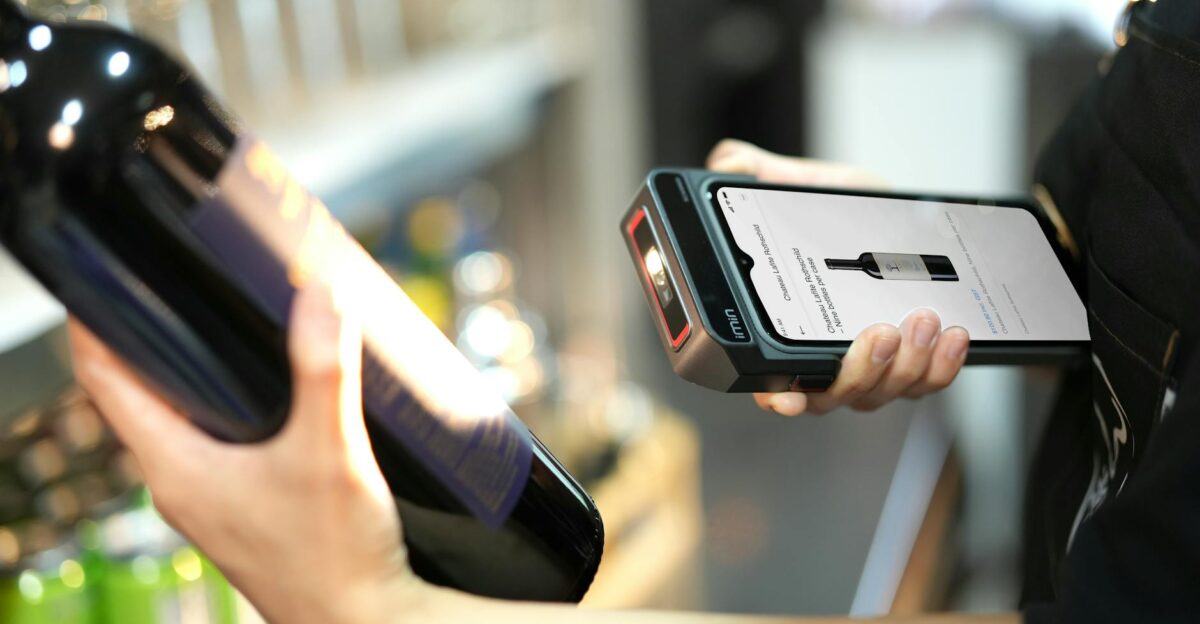
Across the retail landscape, businesses are investing heavily in advanced technologies designed to deter theft. Solutions like AI-powered cameras, RFID tags, and invisible barcodes are becoming increasingly commonplace. The industry currently faces annual losses estimated at $100–120 billion, fueling a wave of innovation focused on improving security measures.
Retail analysts suggest that these changes are not just a reaction to current theft trends, but also a proactive approach to future-proof the industry against ongoing and evolving threats. Shifting security strategies will become an essential part of maintaining customer trust and profitability.
Body Cams

In a parallel initiative, Walmart is testing the use of police-style body cameras for employees in select locations, including Denton, Texas. The objective behind deploying these devices is to deter theft and mitigate the rise of violent incidents, which have surged by 91% since 2019.
As the company explores innovative measures to enhance employee and customer safety, the pilot program will be closely monitored to assess its effectiveness. The integration of body cameras could reshape how security is managed in retail environments, influencing future strategies.
Internal Friction
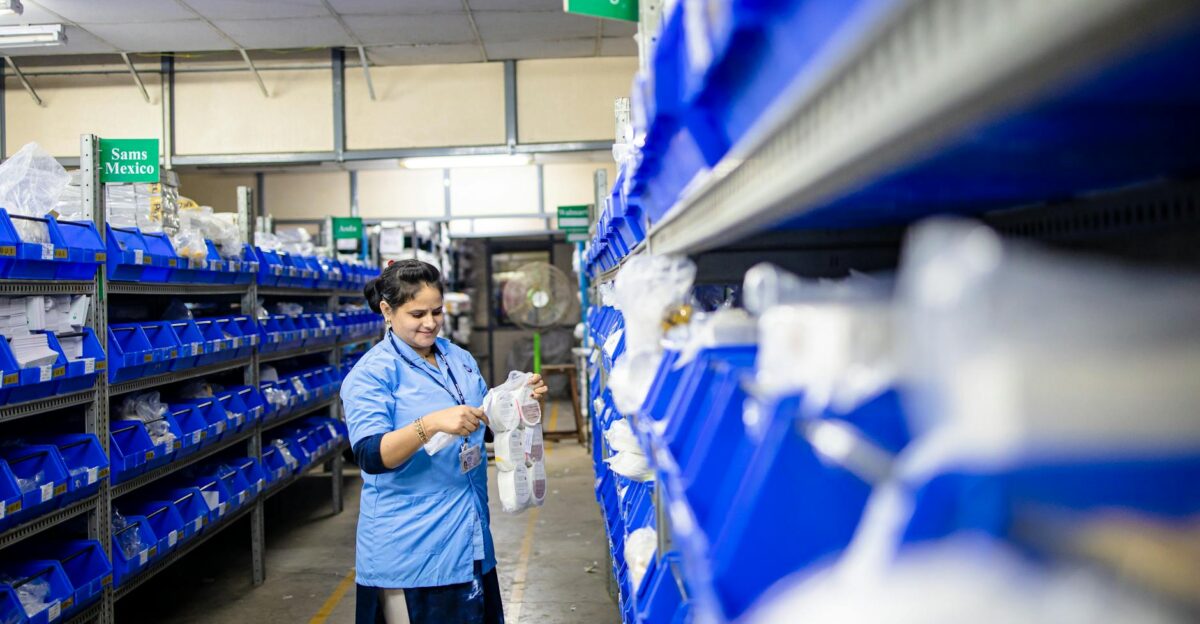
Not all responses to the new security measures have been positive. Some Walmart associates have expressed concerns regarding increased workloads and negative customer feedback. “We’re asked to monitor more, but shoppers get annoyed,” remarked one employee, highlighting the ongoing challenge of balancing security protocols with customer satisfaction.
This friction highlights the complexities faced by retail employees as they navigate heightened security directives while striving to maintain a welcoming shopping atmosphere amid rising tensions and stressors. Continued dialogue between management and associates will be crucial for fostering a supportive work environment.
Leadership Response

Walmart’s leadership acknowledges the pressing security challenges posed by rising theft. CEO Doug McMillon has committed to “protecting associates and customers” while also ensuring store accessibility. The company’s Trust & Safety team has taken charge of rapidly deploying new security measures and enforcing updated policies across all locations.
By prioritizing safety without compromising service, the leadership aims to create a dynamic and secure shopping environment that enhances trust among customers and employees alike, while also maintaining a focus on organizational goals in the face of adversity.
Comeback Strategy

Walmart is innovating its approach to security by testing a combination of technology and human oversight. This strategy involves implementing AI surveillance systems, increasing employee presence on the floor, and collaborating closely with local law enforcement.
Early reports indicate that these initiatives have yielded promising results, with theft rates dropping by over 30% in high-risk stores. As Walmart continues to evaluate its methods and outcomes, successful strategies could pave the way for broader adoption across all store locations, instilling confidence in both shoppers and employees.
Expert Outlook
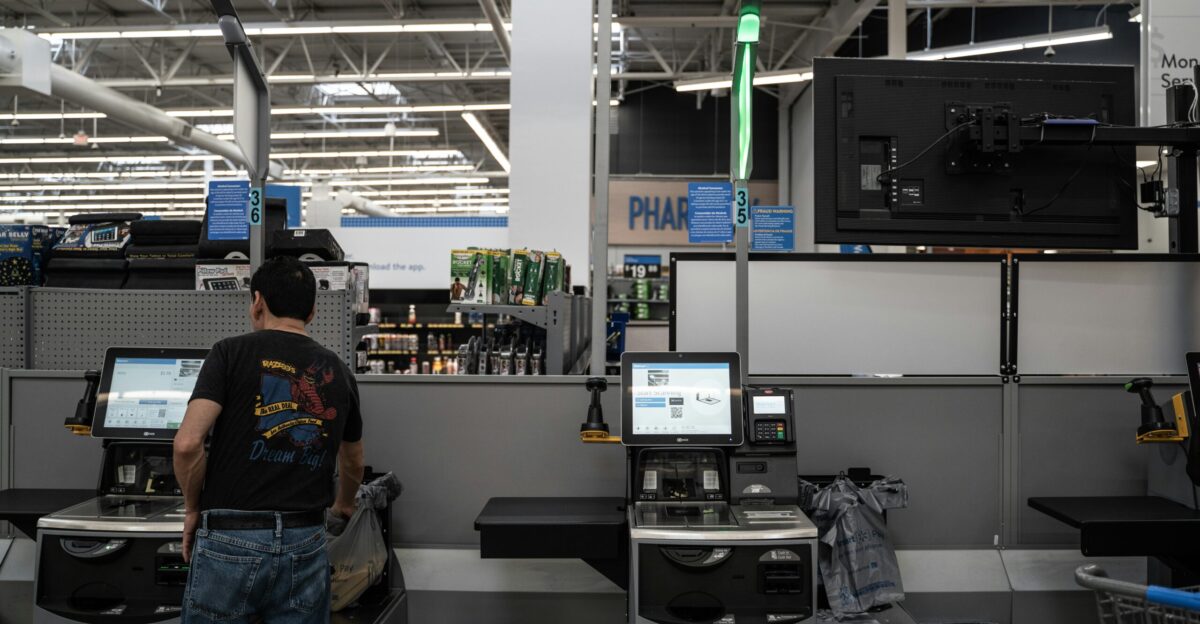
Industry analysts have raised concerns about the potential impact of aggressive security measures on consumer behavior. Retail consultant Jane Haskins points out that “there’s a risk of treating everyone like a suspect,” suggesting that heightened security can sometimes alienate honest shoppers.
Despite these apprehensions, a consensus remains among experts that action is necessary, given the staggering scale of retail losses. Striking the right balance between essential security and customer experience will be key to future strategies. The retail landscape calls for adaptation to ensure both profitability and customer satisfaction.
What’s Next?
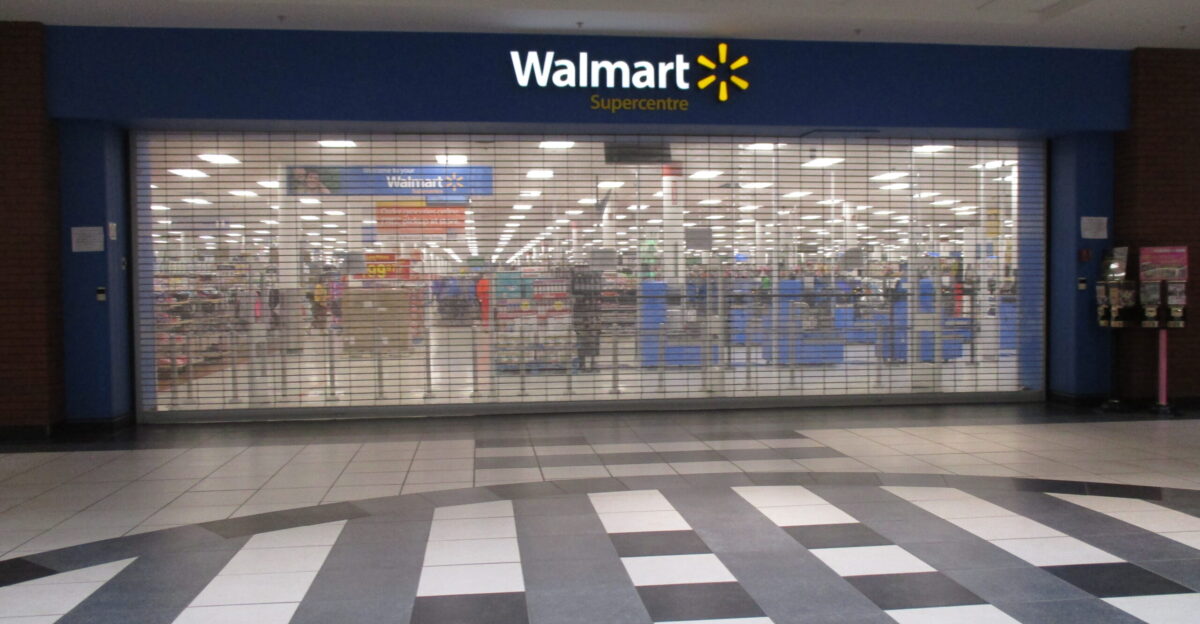
As Walmart pushes forward with these security innovations, the key question remains: Will these measures become permanent fixtures in stores? Walmart has indicated that it will evaluate the pilot program results before determining whether to expand these initiatives.
The company is also exploring less intrusive options, such as predictive analytics and more innovative store layouts, to strike a balance between security and customer convenience. As retailers navigate these challenges, consumer feedback and behavioral trends will undoubtedly shape the future direction of retail security.
Customer Perspectives
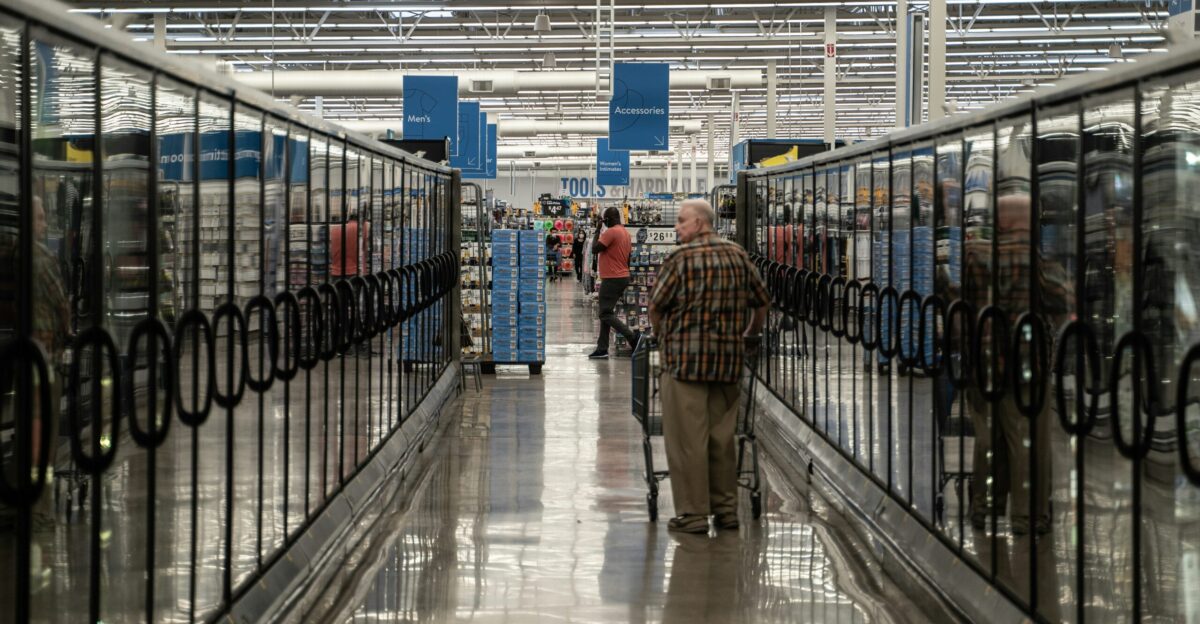
Amid these changes, customer reactions have varied widely. Some shoppers express understanding and welcome the additional safety while voicing concerns over accessibility issues. Testimonials collected from various locations reveal a divide, with some appreciating the newly implemented protective measures and others feeling monitored and less inclined to visit.
These sentiments underscore a crucial aspect of retail dynamics: ensuring that security measures do not dissuade loyal patrons. Understanding customer perspectives will be essential in shaping future policies seamlessly. Listening to shoppers and adapting to their needs could result in better acceptance of new protocols.
Employee Experiences
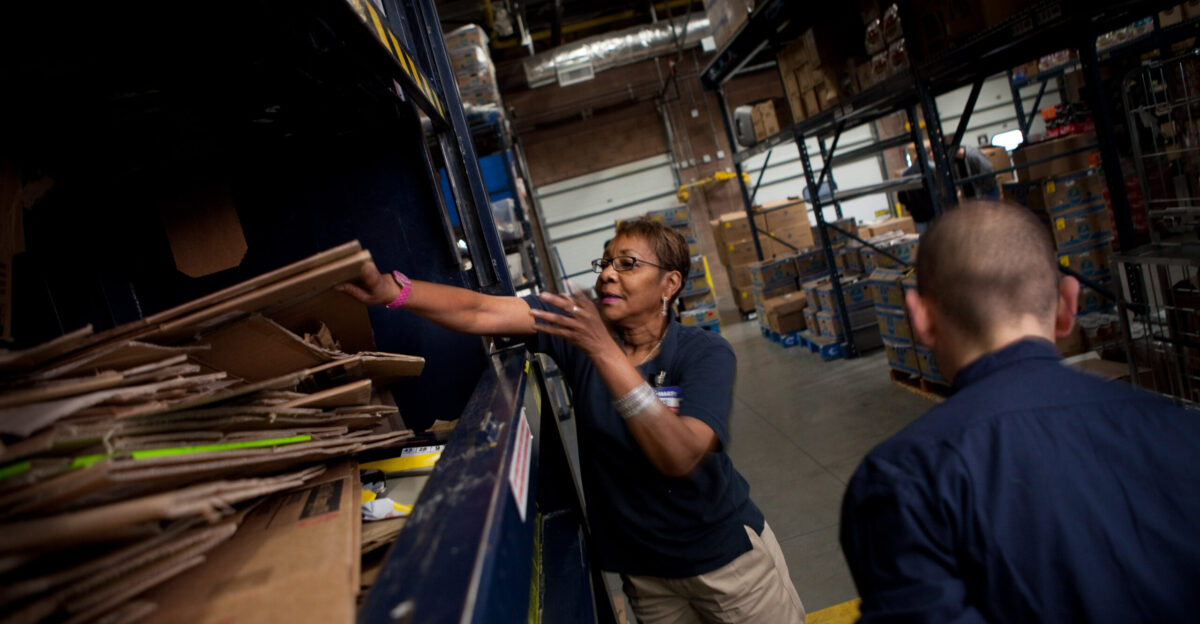
Walmart associates shared insights regarding the new security measures and their effects on day-to-day operations. Many express a mixed bag of support and frustration. While some employees emphasize feeling more secure amid increased surveillance, others note the added pressure to maintain customer relations under newly heightened scrutiny.
“It can feel overwhelming,” one employee admitted, highlighting a significant impact on staff morale. As retailers implement stricter measures, how employees experience and adapt to these changes will be crucial to maintaining a positive workplace environment and ensuring a smooth transaction process for customers.
The Role of Technology
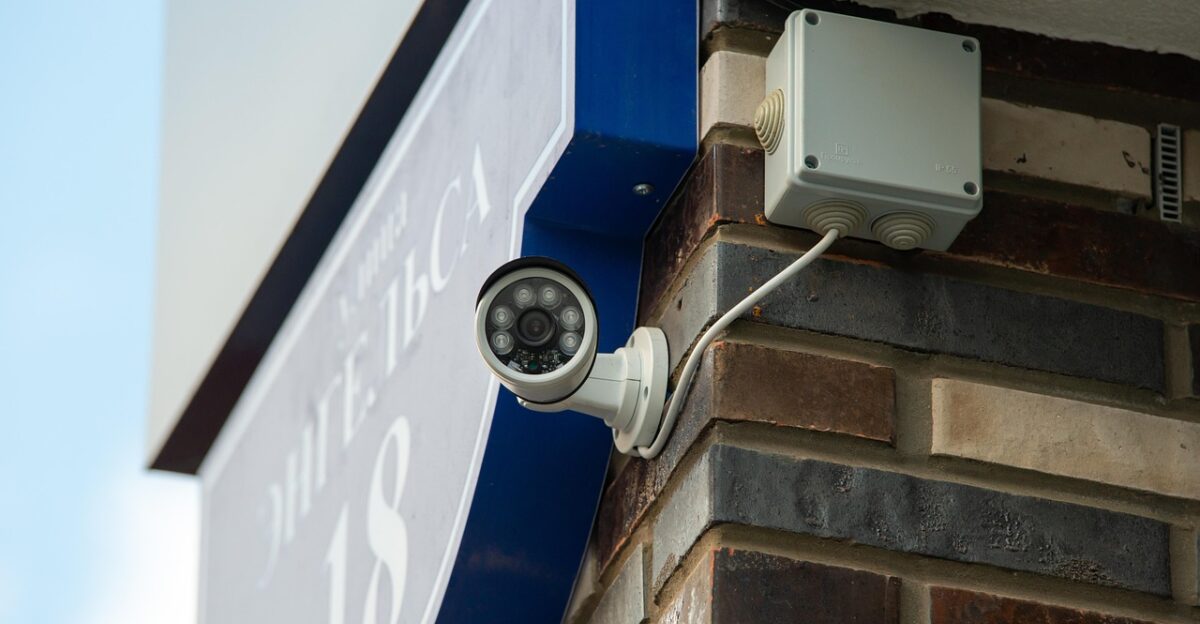
Technology is playing an increasingly critical role in modern retail security. Walmart’s investment in AI and digital monitoring systems illustrates a forward-thinking approach to combat theft. Industry experts argue that technology can enhance the efficacy of security measures, optimizing resource allocation while reducing unnecessary customer inconvenience.
The evolution of retail security solutions may redefine customer interactions and store layouts, enabling streamlined experiences. As technology continues to advance, its integration into everyday shopping practices will likely become more pronounced and indispensable.
Community Engagement
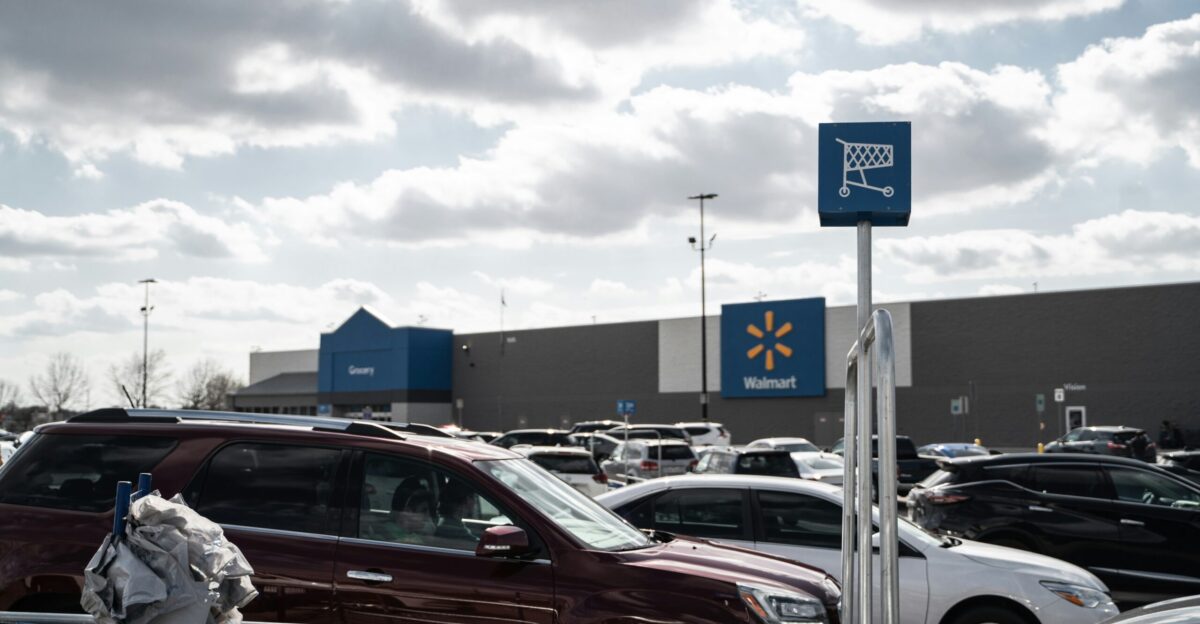
Community engagement remains a vital component of Walmart’s security strategy. Collaborating with local law enforcement fosters a supportive symbiosis that effectively reduces crime. These partnerships allow Walmart to align its security protocols with broader community objectives, enhancing safety in the neighborhoods it serves.
By fostering a sense of shared responsibility, Walmart can benefit from community input, better equipping itself to face the complexities involved in protecting its customers and assets. Engaging with community leaders and stakeholders helps create a comprehensive security approach, resulting in enhanced trust among shoppers.
Final Thoughts
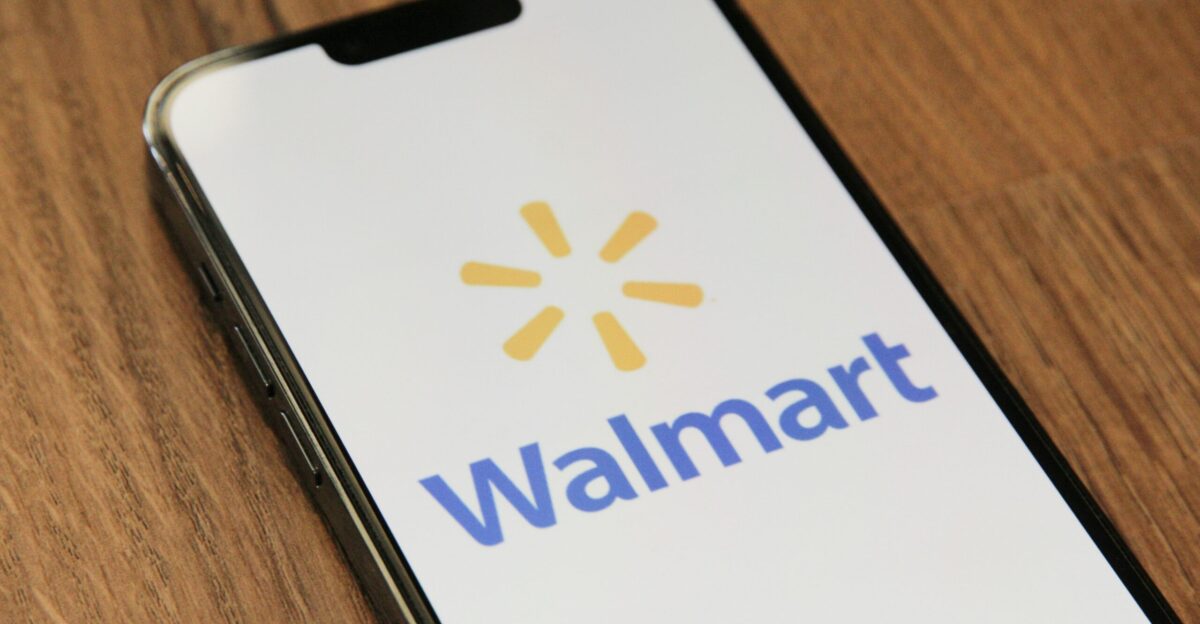
As Walmart embarks on this ambitious journey towards heightened security, the outcomes remain to be seen. The company’s commitment to addressing theft while ensuring an accessible shopping experience for customers will require ongoing assessment and adaptation.
The conversations unfolding around security measures illustrate the delicate interplay between protecting assets and serving customers effectively. As retailers across the industry adapt to new realities, the lessons learned from Walmart’s evolving strategies will become critical in shaping the future of retail security, setting benchmarks that define best practices moving forward.